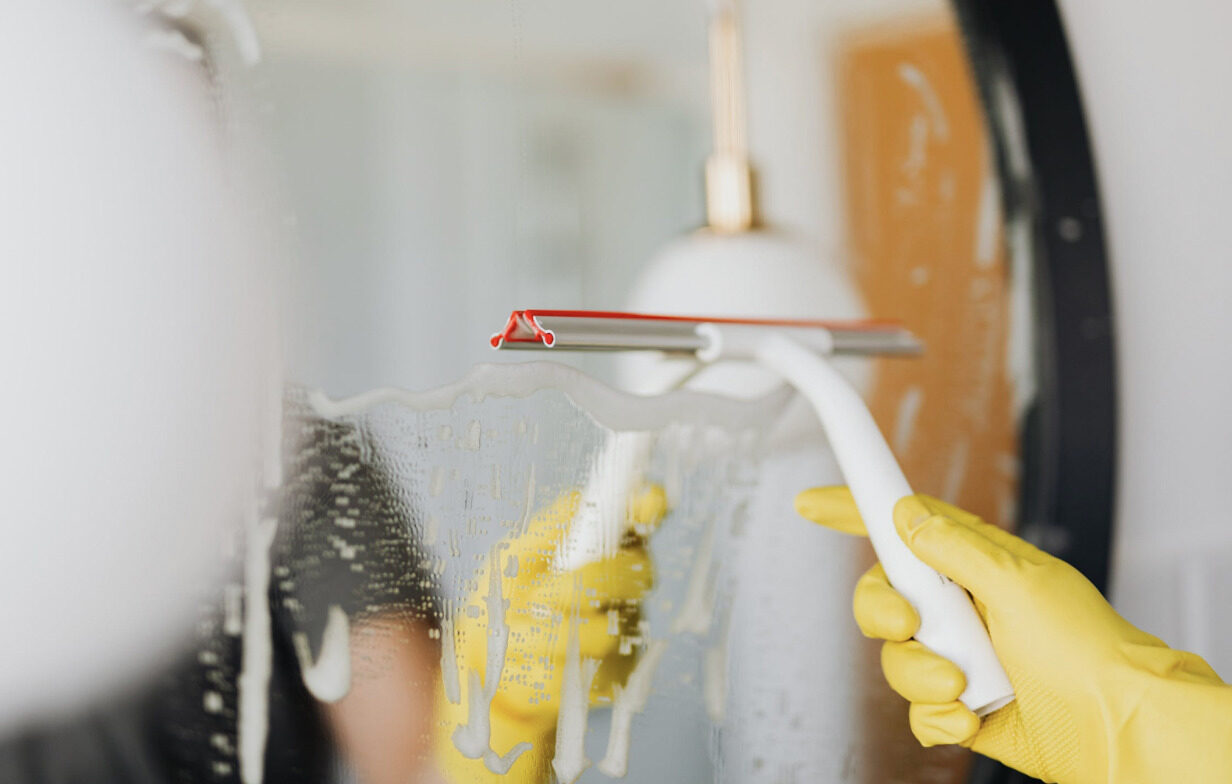Dealing with a flood in your home can be a traumatic and overwhelming experience. It is important to take immediate action to ensure the safety of yourself and your family, and to minimize damage to your home and possessions. The following steps will outline what to do after your home has flooded.
Evacuate if necessary
Whether your flood is due to adverse weather conditions or a plumbing malfunction, you should, first and foremost, assess whether evacuation is necessary. If you are in a flood zone and have been advised to evacuate by authorities, do so immediately. Follow any evacuation routes or plans provided by your local government or emergency services. If you are unable to evacuate, seek higher ground and stay away from floodwaters.
If your flood is due to a burst pipe, get in touch with your local fire department. This could pose a health hazard due to waste materials.
Turn off utilities
If the floodwaters have entered your home, turn off the electricity at the main circuit breaker. Do not turn on any light switches, appliances, or other electrical devices, as they may be wet and could cause an electrical shock. If you smell gas or suspect a gas leak, turn off the gas supply at the meter or shut off valve and evacuate immediately.
Document the damage
Once your home is safe to re-enter, document the damage to your home and possessions. Take photos and videos of the damage, and make a list of any items that have been lost or damaged. This documentation will be necessary for insurance purposes and may also be helpful in applying for disaster assistance.
Clean and disinfect
Once it is safe to do so, begin the process of cleaning and disinfecting your home. Remove any standing water, mud, and debris. Wear protective gear, such as gloves and masks, to prevent exposure to contaminants.
Next, disinfect all surfaces, including walls, floors, and furniture, using a mixture of one cup of bleach to one gallon of water. Be sure not to forget out-of-the-way areas such as tall shelves, the tops of doorframes, or the underside of any surviving furniture.
Repair and rebuild
After the cleaning and disinfecting process is complete, it is time to start the process of repairing and rebuilding your home. Make any necessary repairs to the structure of your home, such as fixing any leaks or damage to the foundation. Replace any damaged or destroyed items, such as furniture, appliances, and personal belongings.
Consider hiring a professional contractor or water restoration company to assist with the repair and rebuilding process.
Conclusion
Dealing with a flood in your home can be a stressful and overwhelming experience, but taking immediate action and following the steps outlined above can help to minimize damage and ensure the safety of yourself and your family. Document the damage, clean and disinfect your home, and start the process of repairing and rebuilding. With the right resources and support, you can get your home back to normal and put preventative measures in place to ensure risks are minimized for the future.

